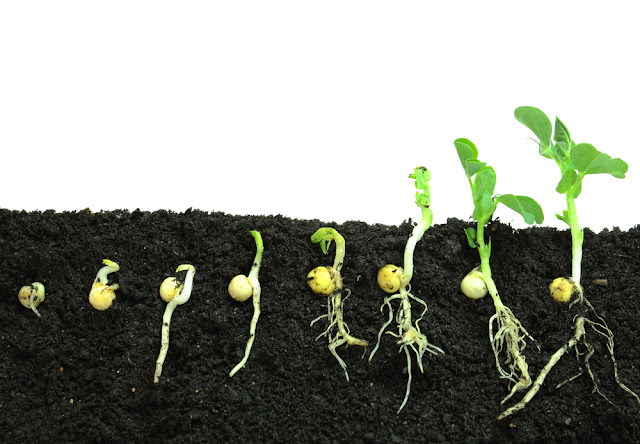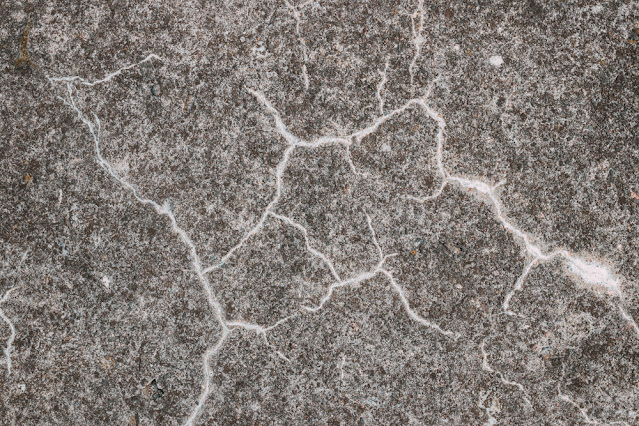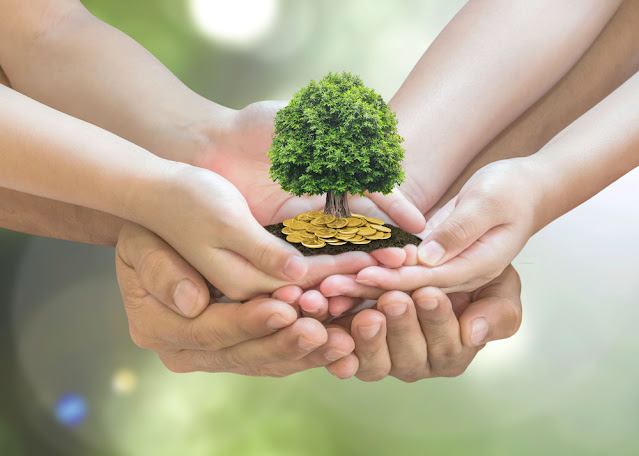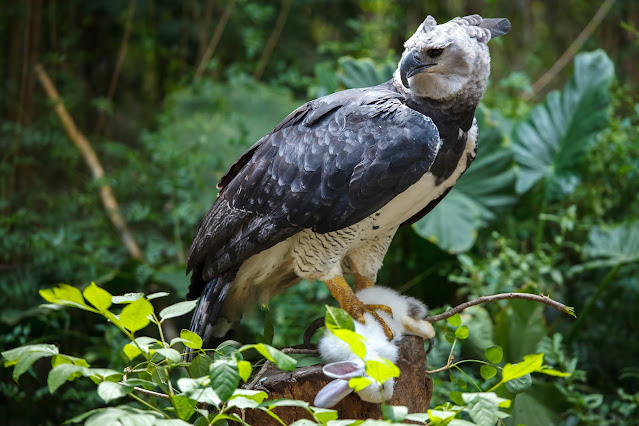Treated waste water still affects the environment

Letting water go down the drain means it's out of sight and we — or at least I — don't think about it anymore. But treating waste water is more important than you may realize. It improves the quality of waste water so that it is clean enough to go back into nature. The goal is to protect the environment and our health. And yet, even when we cleaned it, this water is different. Not life threatening but still has an effect on the environment. It can for example make fish go big. This article explains how fish can go big: https://medium.com/@ErlijnG/how-waste-water-can-make-fish-go-big-c6c3cb632e19 And do you want to read more fascinating facts? Get full access to my and all other Medium-authors' articles for only $5 per month here: https://medium.com/@ErlijnG/membership #SciComm : would you like me to write an article about your research too? Learn more and apply here: https://www.sustainabledecisions.eu/science-communication A blue gill fish, which can go big in waste water ...























